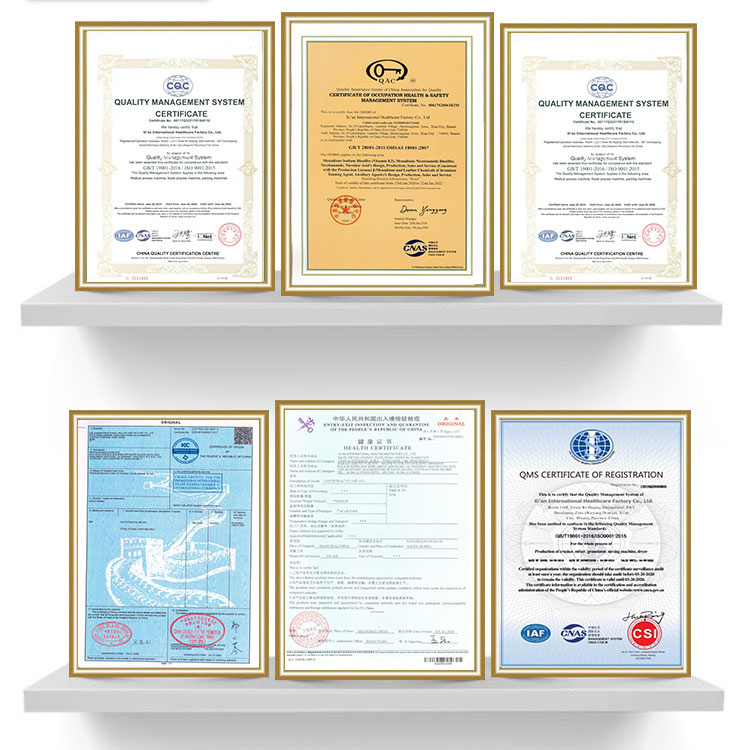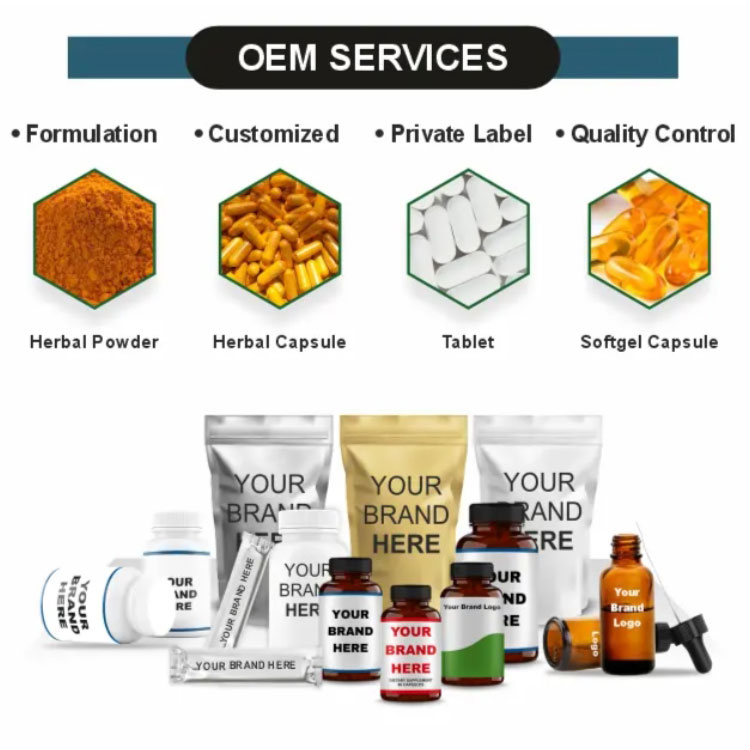Phone: 86-29-89601602
Mail: sales27@interlgroup.com
Add: Room 305 , 3/F , Haipai Decoration Office Building , Yudu Avenue , Yuncheng , Shanxi
High quality Quinine CAS 130-95-0 bulk price Quinine Raw powder
Product Overview:
Quinine powder, also known as cinchona cream and cinchona alkali, is the main alkaloid in the bark of Cinchona tree and other plants of the rubiaceae family. Cinchona bark contains more than 20 kinds of alkaloids. In addition to quinine, Quinine and cinchonidine have anti-malaria effects. All alkaloids of cinchona bark are used as antimalarial drugs and antipyretic drugs, called cinchona alkaloid or cinchona quinine. Quinine chemically belongs to the quinoline family and is an isomer of quinidine. Quinine white amorphous powder or crystal, odorless, extremely bitter taste. It has a melting point of 172.8 ° C, and has left-handed optical activity, [α]D20-168°(ethanol). Soluble in ethanol, chloroform, benzene, ether, slightly soluble in water. Its dilute sulfuric acid solution has blue fluorescence, drop bromine water and excess ammonia water, that is, it appears emerald green. Quinine powder was obtained by treating cinchona bark powder with lime and sodium hydroxide, extracting kerosene, neutralizing with dilute sulfuric acid, and reacting the precipitated quinine sulfate with ammonia. It can also be synthesized from m-hydroxybenzaldehyde and α-aminoacetaldehyde. Quinine powder is used for the treatment and prevention of various forms of malaria, medicinally as its sulfate or hydrochloride.
High quality Quinine CAS 130-95-0 bulk price Quinine Raw powder Attributes
Product name:Quinine powder
CAS:130-95-0
MF:C20H24N2O2
MW:324.42
EINECS:205-003-2
Specification:99% min Quinine powder
Sample:Quinine powder Avaliable
Appearance:white powder
Storage: Cool Dry Place
Brand:Global ASAP Nutrition Factory
Shelf Life: 2 Years
Test Method: HPLC
High quality Quinine CAS 130-95-0 bulk price Quinine Raw powder Details
Uses and synthesis of Quinine powder.
Quinine powder, also known as cinchona cream and cinchona alkali, is the main alkaloid in the bark of Cinchona tree and other plants of the rubiaceae family. Cinchona bark contains more than 20 kinds of alkaloids. In addition to quinine, Quinine and cinchonidine have anti-malaria effects. All alkaloids of cinchona bark are used as antimalarial drugs and antipyretic drugs, called cinchona alkaloid or cinchona quinine. Quinine chemically belongs to the quinoline family and is an isomer of quinidine. Quinine white amorphous powder or crystal, odorless, extremely bitter taste. It has a melting point of 172.8 ° C, and has left-handed optical activity, [α]D20-168°(ethanol). Soluble in ethanol, chloroform, benzene, ether, slightly soluble in water. Its dilute sulfuric acid solution has blue fluorescence, drop bromine water and excess ammonia water, that is, it appears emerald green.
Quinine powder was obtained by treating cinchona bark powder with lime and sodium hydroxide, extracting kerosene, neutralizing with dilute sulfuric acid, and reacting the precipitated quinine sulfate with ammonia. It can also be synthesized from m-hydroxybenzaldehyde and α-aminoacetaldehyde. Quinine powder is used for the treatment and prevention of various forms of malaria, medicinally as its sulfate or hydrochloride.
Functions of Quinine powder
Treatment of various types of malaria: such as vivax malaria, falciparum malaria, malaria malariae, ovale malaria, etc. It is effective for various malarial parasite infections, but different malarial parasites may have different sensitivities to quinine.Treatment of chloroquine-resistant malaria: Quinine remains an important treatment option for malaria that is resistant to chloroquine or other antimalarial drugs. In areas where chloroquine-resistant malaria is prevalent, quinine is often used as a first-line or second-line treatment drug.
Treatment of severe malaria (usually using quinine hydrochloride injection): For patients with severe malaria who have poor oral drug absorption, quinine hydrochloride injection, which is more water-soluble, is usually used for intravenous treatment to quickly control the condition. Oral quinine is absorbed slowly and is not suitable for emergency treatment of severe malaria.
Night leg cramps (rarely, use with extreme caution): In very rare cases, doctors may consider using very small doses of quinine base or quinine hydrochloride to treat intractable night leg cramps after weighing the pros and cons. However, this is not routinely used and is very limited. Due to the risk of serious side effects and the availability of safer alternatives, do not self-treat leg cramps with quinine. If your doctor decides it is necessary, they will conduct a strict risk assessment and monitoring.
Mechanism of action of Quinine powder
Inhibits Plasmodium nucleic acid synthesis: Quinine can embed into Plasmodium DNA, interfere with DNA replication and transcription, and thus inhibit Plasmodium DNA and RNA synthesis.
Interferes with heme metabolism: Plasmodium parasites live in red blood cells, decompose hemoglobin as a source of nutrition, and produce heme that is toxic to the Plasmodium itself. Plasmodium polymerizes heme into a non-toxic crystalline form. Quinine can bind to heme, prevent heme polymerization, and cause toxic heme to accumulate in the body of Plasmodium, thereby poisoning the Plasmodium.
Changes in cell membrane function: Quinine may affect the ion channels and membrane transport system of the Plasmodium cell membrane, change the permeability of the cell membrane, and ultimately lead to the death of Plasmodium.
Production methodprocess of Quinine powder
Quinine powder was obtained by treating cinchona bark powder with lime and sodium hydroxide, extracting kerosene, neutralizing with dilute sulfuric acid, and reacting the precipitated quinine sulfate with ammonia. It can also be synthesized from m-hydroxybenzaldehyde and α-aminoacetaldehyde.












